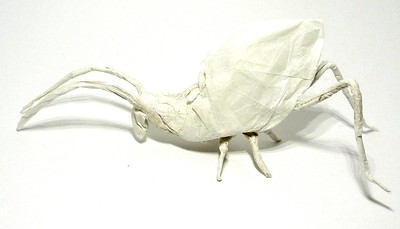Methylcellulose (MC) is great so keep using it, but sometimes it is difficult to find it pure or simply to find it. Some other times you may want to produce paper with other qualities or simply to save MC; so, I am going to test alternatives most of which you can find in supermarkets. The trick here is to find products with long molecules such as proteins and long carbohydrates (MC is a long carbohydrate). Above all, I am going to do this for fun.
If you want to get started, start with unsweetened soya milk. It is the easiest to use and it is very cheap. Diluted PVA is also easy to use and gives nice results. You can also use wheat flour or corn flour. Tapioca flour produces good results too if you can get it.
Carbohydrate-based products
Note: methylcellulose and carboxymethylcellulose are modified carbohydrates.
Wheat flour. Good results.
Wheat flour with sugar. Do not try it.
Sugar. It does not work. The test revealed why some products lose crispiness when they contain sugar.
Corn flour, and cornflour with PVA. Good results.
Mashed potato flakes. Decent results.
Mashed potato powder + PVA. Good results.
Potato flour. Good results.Better than mashed potato flakes.
Rice flour. Includes videos showing how to use it and which models can be folded using it.
Alginate (Gaviscon).
Agar-Agar. It does not work well.
Tapioca flour. Nice results.
Custard. It works, but I do not recommend it.
Xanthan gum. It did not work.



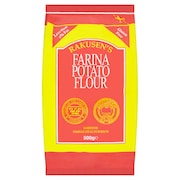


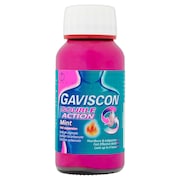
Protein-based products
Gelatine. Can produce very plasticky results.
Gelatine and PVA.Very nice paper.
Gelatine and wheat flour. Nice paper.
Skimmed milk powder.
Soya drinks. Useful results.
Egg-white powder. Useful to produce thin double tissue paper.
Egg-white power + PVA.
Egg-white powder and soy drinks. Glassy results. 2020-12-26.
Liquid egg-whites.
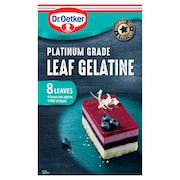
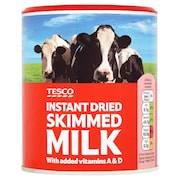



Others types
Polyvinyl acetate (PVA).
Carboxymethylcellulose (a modified carbohydrate, similar to methylcellulose).
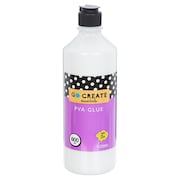
Questions related to the lifespan of the papers.
Here, here and here.
How to use them
Method 1: Recommended for sizing agents that are fairly liquid such as diluted methylcellulose, PVA, and egg-while powder. Gelatine is included if you use it before it forms a gel.
1- Lay two sheets on top of the glass one on top of the other.
2- Paint the sheet with the liquid. The liquid with the sizing agent will permeate both sheets, so it is not necessary to paint sheets individually.
Method 2: Recommended for sizing agents that are gels or pastes that are not too thick. Most starches.
1- Paint the glass. This will size from the bottom and it will help faster the sheets.
2- Lay two sheets one on top of the other on the glass.
3- Paint the top sheet. The sizing agent will permeate both sheets from the top and the bottom.
Method 3. Recommended for pastes or gels that are thick and do not permeate easily the sheets or for papers that do not allow water to permeate (non-bleeding paper).
1- Paint the glass. This will size from the bottom and it will help fasten the sheets.
2- Lay one sheet on the glass.
3- Paint it.
4- Lay the second sheet on top of the first one.
5- Paint it.
Method 3 will add three times more sizing agent than method 1. Method 3 is good for models that require some bulkiness such as mammals, while method 1 is better for models that require several layers to overlap.
Which paper can be used?
It works very well with bleeding tissue. Often it is not necessary to paint the glass and every sheet of paper because the sizing agents can permeate the paper.
Non-bleeding tissue paper: The non-bleeding treatment may make the paper a bit water-proof. It is often necessary to paint the glass and every sheet of paper.
Non-stick baking paper. This paper is coated to prevent food from sticking to the paper, so it does not take sizing agents (or water) well.
Updated the 4th of May 2020

